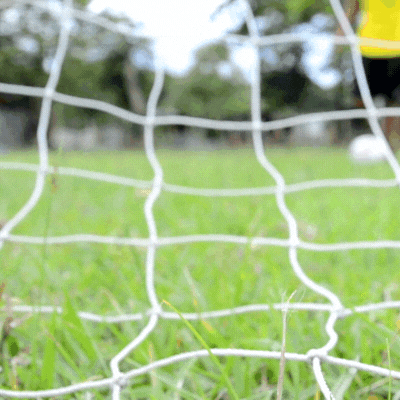

Girls’ Football – Inspiring Positive Change


Sport England said long-term investment in girls' and women's football was paying off as it has become one of the UK’s fastest growing sports.
There are now 100,000 more girls playing football than there were five years ago, according to their annual survey of children’s fitness, which also found secondary school girls were more active in 2022 than they have ever been.
An encouraging 777,000 girls had played football in a formal setting in the week of the survey, the results suggest, with large numbers also playing informally (having a kickabout in the park or in their own gardens) – that overall numbers are up by 200,000 since 2017.
Sport England said long-term development of the women’s game at all levels was starting to pay dividends. “We are really excited about this,” said Nick Pontefract, Sport England’s chief strategy officer. “The FA have invested heavily, as have we, in women’s football for a number of years now and it looks like it’s making a difference.”
The Sport England 2021-22 survey was carried out before the Lionesses roared to victory at the Euros last summer. The team lifted the trophy in front of 87,000 fans at Wembley Stadium – with a staggering 17.4 million people watching remotely.
According to the FA, ‘awareness of the Lionesses has increased by 32% across girls aged 5-16 in England, and interest in women’s football is up 12% amongst girls aged 5-16 in England compared to before the tournament.’
With such inspiring role models and real quality shown on and off the pitch, it is hoped that this surge in interest will be reflected in the 2023 survey results and have a lasting impact across the whole women’s and girls’ game.
The FA has recently announced a revamped Women’s and Girls’ Player Pathway, which they intend to ‘unearth the very best talent in England while also making the game more diverse, accessible and inclusive.’
They will aim to increase even further the number of players and coaches accessing high quality training and environments.
Baroness Sue Campbell, the FA’s Director of Women’s Football, said: “When we launched our Women’s and Girls’ strategy, Inspiring Positive Change, in October 2020 eight months into a global pandemic, we could not have foreseen the incredible two years that lay ahead. While things in the world have changed, we have remained constant in our belief that football has the power to change lives for the better and improve opportunities for girls and women across society.”
The last Sport England’s survey’s findings were based on answers from over 100,000 children aged five to 16 and showed that 47.2% (3.4 million children in England) were active. This figure meets the chief medical officer’s guideline recommendation that children should take part in at least 60 minutes of sport or physical activity every day.


The last Sport England survey’s findings were based on answers from over 100,000 children aged five to 16 and showed that 47.2% (3.4 million children in England) were active. This figure meets the chief medical officer’s guideline recommendation that children should take part in at least 60 minutes of sport or physical activity every day.
Despite the success of girls’ football, the activity gap between boys and girls persists, with boys 5% more likely to be active than girls.
Sport England’s chief executive, Tim Hollingsworth, said: “It is encouraging to see that activity levels for children and young people have recovered to pre-pandemic levels. But we have a long way to go still to change the overall level to where it needs to be, to help children and young people from all backgrounds enjoy the benefits of sport and physical activity.”
With initiatives such as the Snickers sponsored ‘Just Play!’ and the Weetabix Wildcats campaigns and the establishment of the England women’s team as household names, the only way is up for increasing the number of girls playing football regularly. Schools and colleges play an essential role in promoting the benefits to health and wellbeing of participating in team sports.
The FA set a target to get 7,000 more women and girls regularly playing for grassroots clubs by 2024 – we think they might just beat that!









